The world is incredibly complicated.
We are constantly being presented with new information – every minute of every day – and we have to subconsciously process it all as quickly as possible.
In order to do so, our brain uses shortcuts – which we call heuristics and biases.
While these mental tricks are incredibly useful and accurate 95% of the time, the other 5% of the time (when the situation is slightly changed or unique) the heuristics and biases we use can greatly hurt us.
Guarding yourself against yourself is probably one of the most important things you can do in the world of investing.
If you’ve read Thinking, Fast and Slow by Daniel Kahneman (a book that I highly recommend), then you probably already know about most of the cognitive biases that affect us nearly every day.
In our daily lives, we constantly rely on our instincts to navigate through all kinds of situations, from how to relate to other people to what kind of shampoo we buy. Without those instincts, daily life would be a complete decision overload, making it impossible to even get outside your front door. We have to rely on instinct to make it.
The problem with that is that our instincts aren’t always perfect. For starters, our natural human instincts were developed in our far ancestral past, when we were worried about things like scavenging and hunting for food and about whether another tribe or a group of predators would strike.
Not only that, we have instincts that work really well in some situations and then fall completely flat in other situations.
It’s due to these faulty instincts that we make a lot of common financial mistakes. We overestimate some types of risks and underestimate others. We notice some product features and don’t notice others that are at least as important.
In psychology and behavioral economics, many of these misplaced instincts are referred to collectively as cognitive biases. Cognitive biases are “tendencies to think in certain ways that can lead to systematic deviations from a standard of rationality or good judgment.” In other words, they’re examples of how we use a tool for thinking that works well in some situations and then apply it to other situations where it doesn’t work well and often has a very bad result.
The more you learn about cognitive biases, the more you see them show up in your own life, and when you start to be aware of your own cognitive biases, it becomes easier to correct them and make better decisions for yourself.
Here are nine cognitive biases that have a particularly strong impact on personal finance choices. As you read through these, ask yourself if you’ve ever seen them pop up in your own life.
I’m using Wikipedia as a source below because, on most articles, it does a good job of synthesizing source documents into layman’s terms. It’s not a perfect tool and shouldn’t be relied on as an academic source, but it’s a good place to start and offers lots of links to more reliable sources.
1. Dunning-Kruger Effect
From Wikipedia:
The Dunning–Kruger effect is a cognitive bias wherein unskilled individuals suffer from illusory superiority, mistakenly assessing their ability to be much higher than is accurate. This bias is attributed to a metacognitive inability of the unskilled to recognize their ineptitude. Conversely, highly skilled individuals tend to underestimate their relative competence, erroneously assuming that tasks which are easy for them are also easy for others.
In other words, people who have just a little skill often overinflate that skill and believe that they have a lot of skill. Think of your typical overblown jerk who is moderately skilled but thinks they’re incredibly competent.
On the other hand, those that have a lot of skill assume that many others have the same level of skill. Think of the person at work who’s really good at their job but seems really frustrated with others around him or her.
Two Examples of the Dunning-Kruger Effect
Let’s say you’re a newly hired investment banker at a big investment bank on Wall Street. You just got hired by one of the most prestigious investment firms in the world, so you must have some incredible skills. The thing is, you’re still a new player in the field, but you’ve bought into an illusion that you’re a top dog. Since you believe you have the golden touch, you’re much more likely to invest with overconfidence, which can really cost others.
On the other hand, let’s say you’re a blogger who is writing about frugality and recovery from debt. Your blog suddenly gets popular and you find that a lot of people have had success following the principles that you’ve been sharing on your blog. Because you’ve escaped from debt and you’ve played a small role in helping others escape from debt, you begin to feel more confident in your ability to share information on all sorts of financial topics.
How to Beat It
So, how do you avoid the Dunning-Kruger effect in your daily life.
First, take care to avoid being on the receiving end of such an effect. Get a second opinion (or a third or a fourth) before making any major decision in your life. Don’t make a big financial choice or a big career choice or a big health choice based solely on the advice of just one person. Ask around.
Also, make sure you’re not falling prey to the effect in your own life. Be humble in every aspect of your life. Ask for help sometimes, and get second opinions on major decisions. Don’t be afraid to call in extra help just to make sure you get it right. Accept criticism from others because they’re probably seeing things that your cognitive biases aren’t seeing.
Also, when giving tasks to others, don’t fall prey to your own overinflated expectations. The other person might be doing a good job that just happens to not match what you expected.
2. Anchoring
From Wikipedia:
Anchoring or focalism is a cognitive bias that describes the common human tendency to rely too heavily on the first piece of information offered (the “anchor”) when making decisions. During decision making, anchoring occurs when individuals use an initial piece of information to make subsequent judgments. Once an anchor is set, other judgments are made by adjusting away from that anchor, and there is a bias toward interpreting other information around the anchor. For example, the initial price offered for a used car sets the standard for the rest of the negotiations, so that prices lower than the initial price seem more reasonable even if they are still higher than what the car is really worth.
An “anchor price” is the first price you see in relation to a specific item. That “anchor price” tends to stick in your head and alters how you interpret later prices for the same item (or very similar items) that you might see.
Two Examples of Anchoring
To clarify the example given above, a car dealer might put a $10,000 sticker on an $8,000 car so that you think of $10,000 as the value of the car so that when $8,000 is offered, it seems like a deal, even though it really isn’t.
I actually see a lot of anchoring going on at the grocery store. Often, we have a pre-established idea of what each type of item we might buy should cost so we have a sense of whether or not something is a good deal or not. This is why older shoppers sometimes have serious sticker shock at the grocery store because their “anchor price” for goods like a gallon of milk are quite low.
On the other hand, when a new product comes on the market, the initial price for it is often quite high (think Apple products) so that when you see a discount on it, it seems like a good deal even though it’s still somewhat overpriced. (Don’t get me wrong, Apple makes good products, but they’re still overpriced.)
How to Beat It
The most effective way of beating the anchor effect is to research what you buy. If you’re going to buy a used Toyota, do some Kelley Blue Book research before you ever step on the lot so that you have a sense of what kinds of prices you should really expect for a used Toyota. This is a good strategy for any large purchase, so that you know what you should pay before you ever consider opening up the checkbook.
Another good strategy when buying normal grocery items is to examine the prices of the generic item first every single time. I find that I’m more bothered by a higher price than I am tempted by a lower price. If I see a $2 item first and that becomes my “anchor,” a $3 version seems unappealing. On the other hand, if I “anchor” on a $3 name brand item, the $2 generic doesn’t have the same gut impact.
3. Choice-Supportive Bias
From Wikipedia:
In cognitive science, choice-supportive bias is the tendency to retroactively ascribe positive attributes to an option one has selected. It is a cognitive bias. For example, if a person buys a computer from Apple instead of a computer (PC) running Windows, they are likely to ignore or downplay the faults of Apple computers while amplifying those of Windows computers. Conversely, they are also likely to notice and amplify advantages of Apple computers and not notice or de-emphasize those of Windows computers.
This is one that should seem intimately familiar. Think about how people root for their favorite sports team or back up their political stances. They drastically overweigh the positives and drastically underweigh the negatives.
An Example of Choice-Supportive Bias
A good example of this phenomenon when it comes to spending money comes from people who are hung up on their favorite brand of a product. Once a person becomes a regular customer for a particular product, as long as nothing drastically changes about that product, they’ll keep using it and recommending it to others even if better or more cost-efficient competitors come on the market. This is often voiced with the explanation of “it’s always worked for me.”
I do this myself sometimes; for example, I stick by Glad ForceFlex garbage bags because they’ve always met my needs. I can extol the virtues of those bags over and over again, even though there may be more cost-effective bags out there.
How to Beat It
The best strategy is to trust independent reviews. Rather than being loyal to a particular brand and focusing on the positive attributes of that brand, focus instead on trusted independent reviews and use whatever is the best value as identified by those reviews.
This doesn’t just mean looking at such reviews once and always sticking with the best. You should regularly review your buying habits and make sure that the brands you regularly buy are still on top of the pile in terms of bang for the buck. Some products aren’t made as well as they once were and new products come on the market that are simply better bargains, and the only way to be aware of this is to regularly read independent reviews.
4. Confirmation Bias
From Wikipedia:
Confirmation bias, also called myside bias, is the tendency to search for, interpret, or recall information in a way that confirms one’s beliefs or hypotheses. It is a type of cognitive bias and a systematic error of inductive reasoning. People display this bias when they gather or remember information selectively, or when they interpret it in a biased way. The effect is stronger for emotionally charged issues and for deeply entrenched beliefs. People also tend to interpret ambiguous evidence as supporting their existing position.
A great example of this is the tendency of conservative-minded people to obtain their news and opinions from sources that reflect those views, such as Fox News and World Net Daily. If you obtain information and opinion pieces primarily from sources that already mirror your point of view, you’re only going to reinforce your point of view, regardless of whether that happens to be the best solution to the day’s problem.
An Example of Confirmation Bias
How does this kind of thing pop up in personal finance? Well, there are lots of different sources of personal finance information. Some sources heavily promote and focus on entrepreneurship. Others heavily promote and focus on frugality. Still others heavily promote and focus on investing. Generally, the people who focus on just one viewpoint tend to think that their angle is the best angle on surviving and getting ahead financially and will react to other information with disdain.
I often see this in comments, where people who are present for frugality information say that investing isn’t realistic for their financial situation, while investing oriented readers will comment on frugality posts and say that this stuff really won’t help them earn big returns on their money.
It turns out that all of these tools – and more – are useful in getting ahead financially, but when you choose to subscribe to one main perspective, you tend to discard other ones.
How to Beat It
The best approach is always to learn more, especially from different perspectives.If you’re most comfortable and confident with frugality, take the time to learn about investing and entrepreneurship. If you’re an entrepreneur at heart, learn what benefits frugality and investing can bring to your situation. If you’re an investor, learn about how frugality can bring you more money with which to invest.
The same is true for other things like political opinions – look for well-reasoned information and arguments from perspectives different from your own and try to learn from them. Why do they see things that way?
5. Bayesian Conservatism
From Wikipedia:
In cognitive psychology and decision science, conservatism or conservatism bias is a bias in human information processing. This bias describes human belief revision in which persons over-weigh the prior distribution (base rate) and under-weigh new sample evidence when compared to Bayesian belief revision.
This is why people tend not to react well to change. If they’re used to a previous standard price on something and it changes, they’re often slow to change their idea of what a standard price is.
An Example of Bayesian Conservatism
My favorite example of how Bayesian conservatism is used against people is when products change size without changing their price. For example, a beverage company might charge $2 for a 20 ounce product, then change the size to a 16 ounce product.
Because the sticker price doesn’t change, people aren’t (as) upset as they should be. However, the price per ounce has gone from $0.10 to $0.125. Customers are much more likely to stay happy with this price change because the seemingly identical product (the now-sixteen ounce bottle) has the same price it has had for a long time.
The manufacturer doesn’t have to deal with Bayesian conservatism when it comes to price. Most of their customers will still see a bottle of their favorite beverage for the same price on the shelf.
How to Beat It
The best strategy for beating Bayesian conservatism when it comes to products on the shelves is to trust in price-per-unit. Price per unit simply means that you’re focused solely on the price of an item no matter the packaging.
For example, if you’re buying a beverage, you care only about the price per ounce (or liter) of that beverage. You can figure that out by looking at the number of ounces (or liters) in the bottle, then dividing the price by that number.
6. Endowment Effect
From Wikipedia:
In behavioral economics, the endowment effect (also known as divestiture aversion) is the hypothesis that people ascribe more value to things merely because they own them. This is illustrated by the observation that people will tend to pay more to retain something they own than to obtain something owned by someone else — even when there is no cause for attachment, or even if the item was only obtained minutes ago.
You love your stuff, right? Since it’s yours, you probably think it’s valuable. You’d rather hold onto your own favorite sweater, for example, than an identical sweater owned by someone else. That’s the endowment effect at work.
An Example of the Endowment Effect
The best example I’ve seen of the endowment effect comes from people who expect to get the “new” value out of an item that they own that clearly falls into the “used” category. You’ll see this pop up with things like yard sale pricing, where people will often have outrageous prices on items, or on some of the prices people post on Craigslist. I’ve witnessed people request more for a used item than it can be obtained for new.
How to Beat It
If you’re selling something, your best approach is to have others give you an honest appraisal of the item you’re selling. Get an appraiser that you trust and believe in their word. If they give you a number lower than you expect, it’s not because they’re not trustworthy, it’s because you’re falling prey to the endowment effect.
On the other hand, if you’re buying something, don’t assume it’s a bargain simply because it’s used. The seller may be overvaluing that item due to the endowment effect. Do some research and make sure that the price you’re going to pay is actually reasonable. This is especially true on larger items.
7. IKEA Effect
From Wikipedia:
The IKEA effect is a cognitive bias that occurs when consumers place a disproportionately high value on products they partially created. The name derives from the Swedish manufacturer and furniture retailer IKEA, which sells many furniture products that require assembly.
If you made it or were at least partially responsible for making it, it’s probably worth more to you than it is to other people.
An Example of the IKEA Effect
My favorite example of the IKEA effect comes from people who stick with a bad business idea far, far past when they should have given up on it. I’ve seen people persist for years in various multi-level marketing businesses because it’s their business and they don’t want to give up on it. One only has to watch an episode or two of shows like Shark Tank to see many examples of the IKEA effect.
How to Beat It
The best strategy for beating the IKEA effect is to trust the numbers, not your gut.Keep track of the time you’re investing and the return it’s getting you and see if that’s worthwhile. Returns aren’t always in the form of money, of course, but if you’re barely earning a trickle, even from something you love, you should consider another avenue.
Of course, some endeavors do require a lot of time investment up front. In those situations, trust an outside observer. Sometimes, it’s impossible to overcome cognitive biases on your own, so let someone you trust evaluate it and follow their judgment.
8. Social Desirability Bias
From Wikipedia:
Social desirability bias is a social science research term that describes the tendency of survey respondents to answer questions in a manner that will be viewed favorably by others. It can take the form of over-reporting “good behavior” or under-reporting “bad”, or undesirable behavior. The tendency poses a serious problem with conducting research with self-reports, especially questionnaires. This bias interferes with the interpretation of average tendencies as well as individual differences.
We all have a natural tendency to want to report things that will be received favorably by those who we’re reporting to. It’s worth noting that this doesn’t always mean apositive report, just one that you feel will be seen favorably by the person you’re talking to.
An Example of Social Desirability Bias
When someone asks a question on Facebook or in a group where they’re seeking recommendations on a particular product type or thoughts on a specific business, people generally tend to respond in a way that matches the perceived mood of the person asking the question. If the questioner seems negative, then they’ll get mostly negative reviews. If the questioner seems positive, then they’ll get mostly positive reviews. This is amplified if the already-existing reviews are all slanting positive or slanting negative.
How to Beat It
If you’re asking for recommendations, ask in a one-on-one environment so that the response isn’t altered by the thoughts of others. I generally ask questions specifically of the people I trust the most on a particular topic, and I do it privately via a call or a visit or a text message.
Furthermore, I try to ask the question in the most neutral way possible so that I don’t give any indication of any ideas I may already have. I usually ask in as few words as possible because the more I write, the more I tend to reveal already existing positive or negative viewpoints, which will sway the person I’m asking.
9. Spotlight Effect
From Wikipedia:
The spotlight effect is the phenomenon in which people tend to believe they are noticed more than they really are. Being that one is constantly in the center of one’s own world, an accurate evaluation of how much one is noticed by others has shown to be uncommon. The spotlight effect was first reported in 1999, when Thomas Gilovich and Kenneth Savitsky coined the term. The reasoning behind the spotlight effect comes from our human tendency to forget that although one is the center of one’s own world, one is not the center of everyone else’s. This tendency is especially prominent when one does something atypical. Research has empirically shown that such drastic over-estimation of one’s effect on others is widely common.
People simply don’t pay as much attention to you as you think they do.
An Example of the Spotlight Effect
Whenever you buy a new car or a new gadget or new clothes because you imagine that item impressing others, you’re falling prey to the spotlight effect.
Whenever you worry about what the neighbors will think or what a random person on the street will think, you’re falling prey to the spotlight effect.
Whenever you take special preparations in order to present an artificially inflated image of yourself to someone you don’t even know, you’re falling prey to the spotlight effect.
How to Beat It
My usual tool for beating the spotlight effect is to ask myself whether I would care at all if someone else had this item. If I ever detect myself considering what other people would think about this purchase, I try to put myself in their shoes. Would I care? At all? Would I honestly notice other people on the street owning or wearing or using this item? The answer is usually no, and thus the spotlight effect is defused.
Final Thoughts
These cognitive biases – and many others – pop up again and again in daily life. They convince us to spend our money and our time in ways that actually go against our larger goals.
Being aware of them is the first step. Taking simple steps to avoid them is the next step. Practicing those steps until they become unconscious and natural is the final step toward putting our worst cognitive biases to rest.
Good luck!

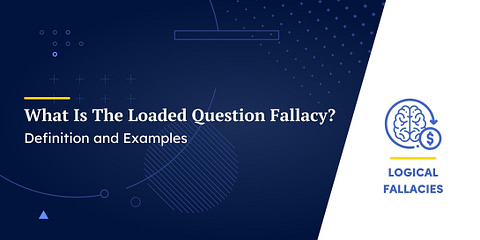
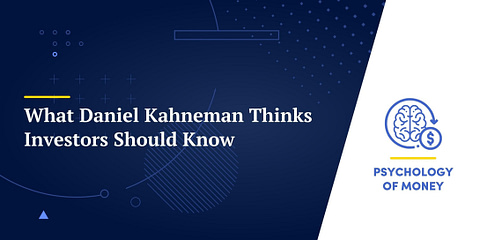
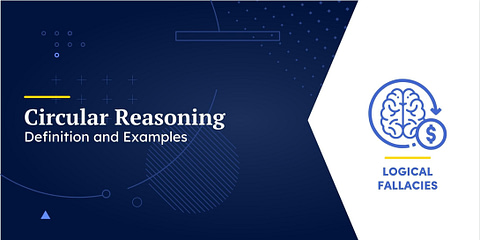
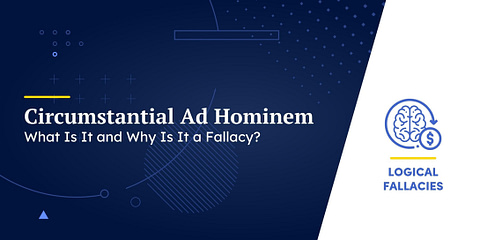
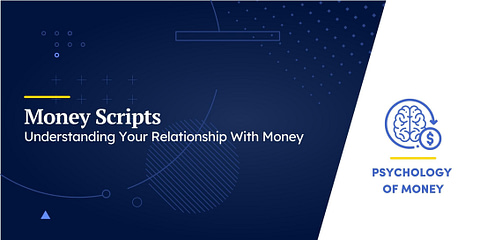
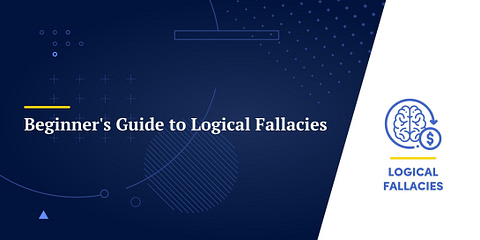
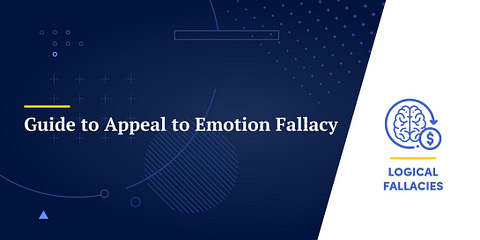
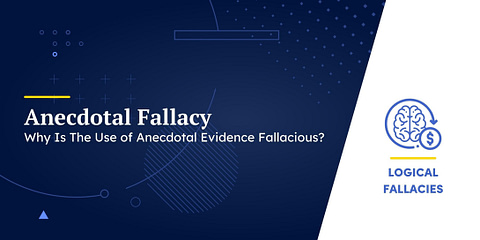
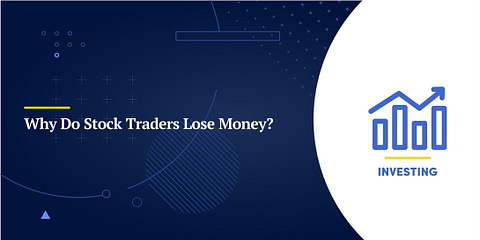
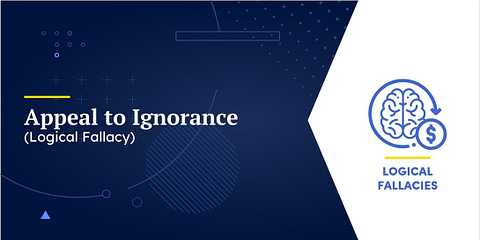
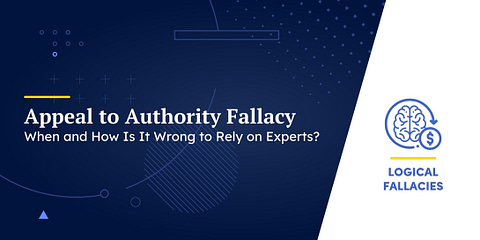
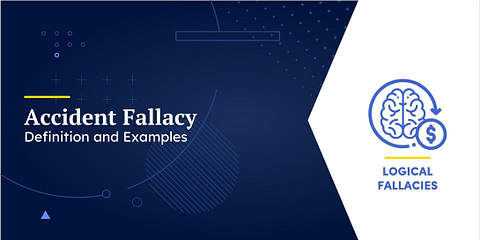
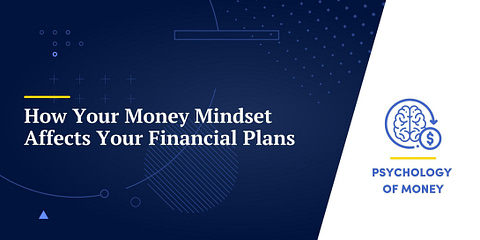
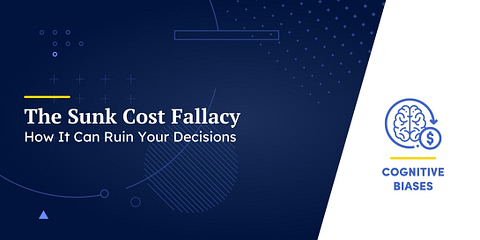
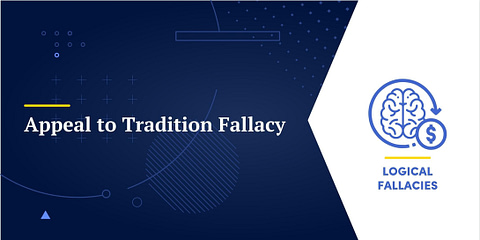
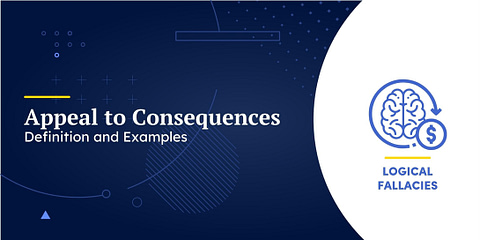
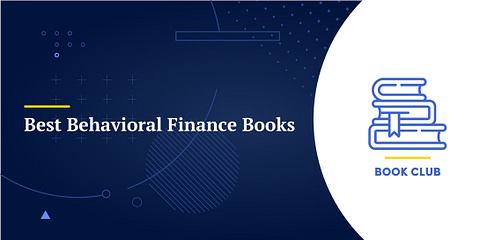






Howdy would you mind letting me know which webhost
you’re working with? I’ve loaded your blog in 3 different internet browsers and
I must say this blog loads a lot faster then most.
Can you suggest a good internet hosting provider at a fair price?
Thank you, I appreciate it!